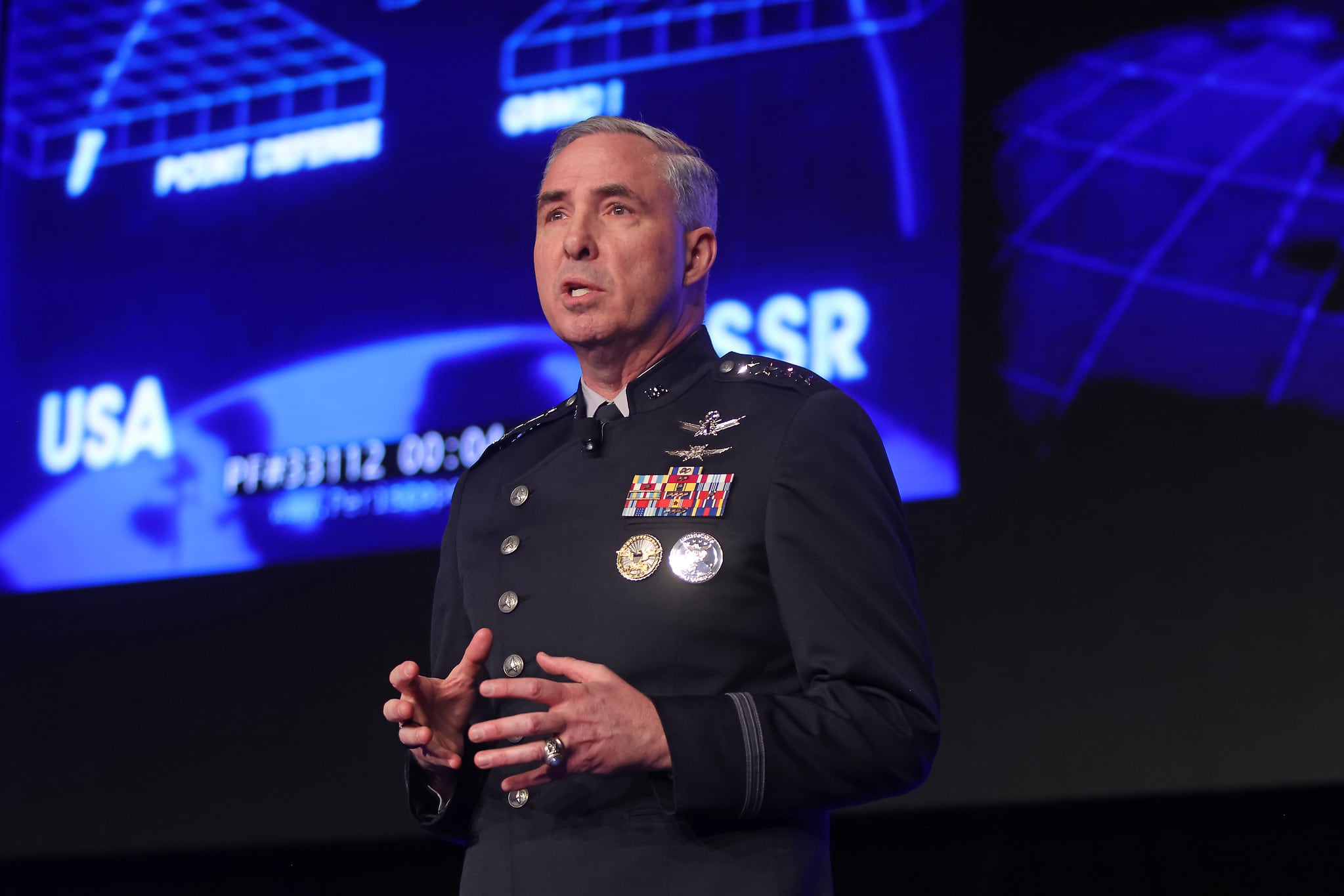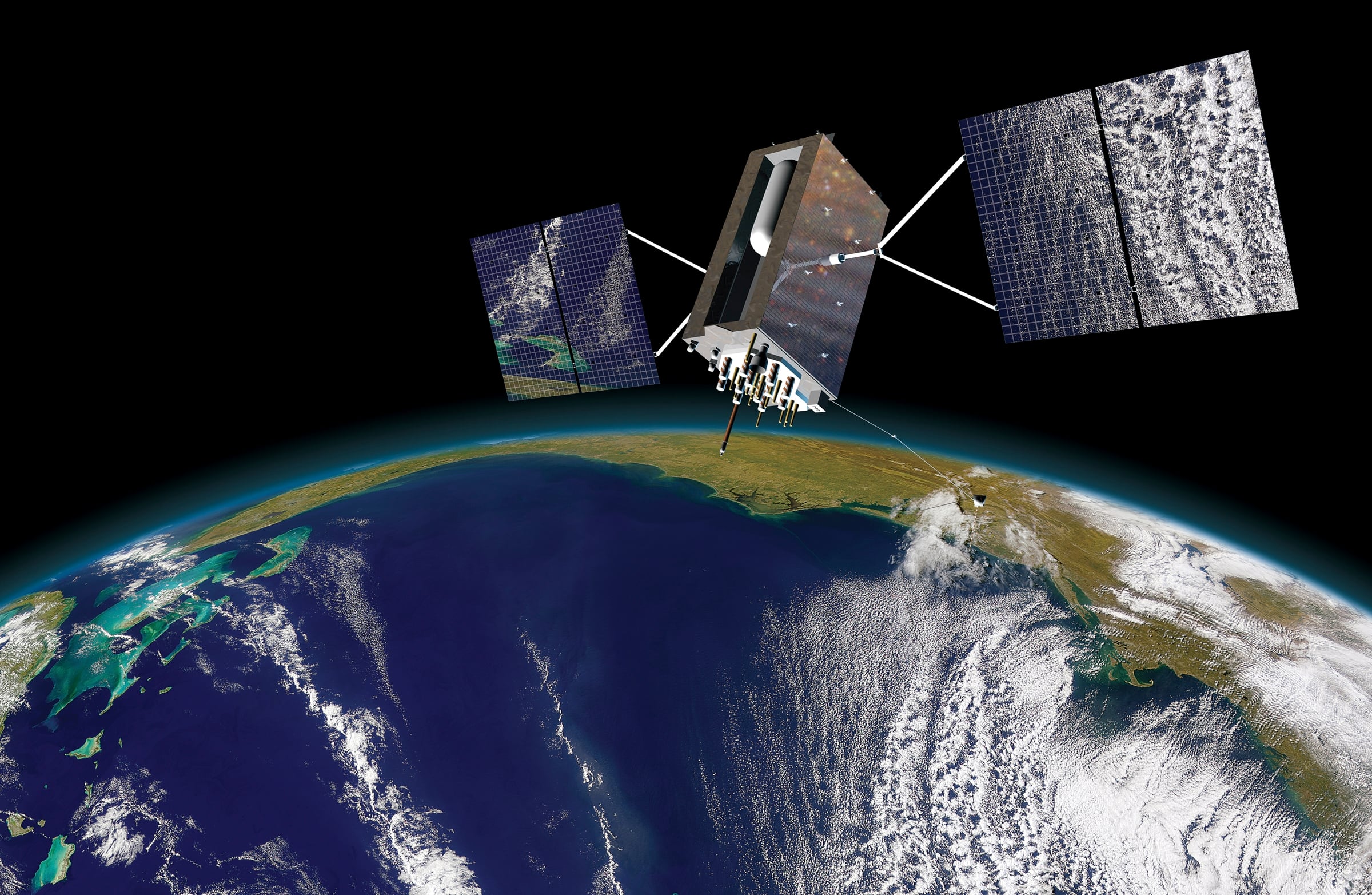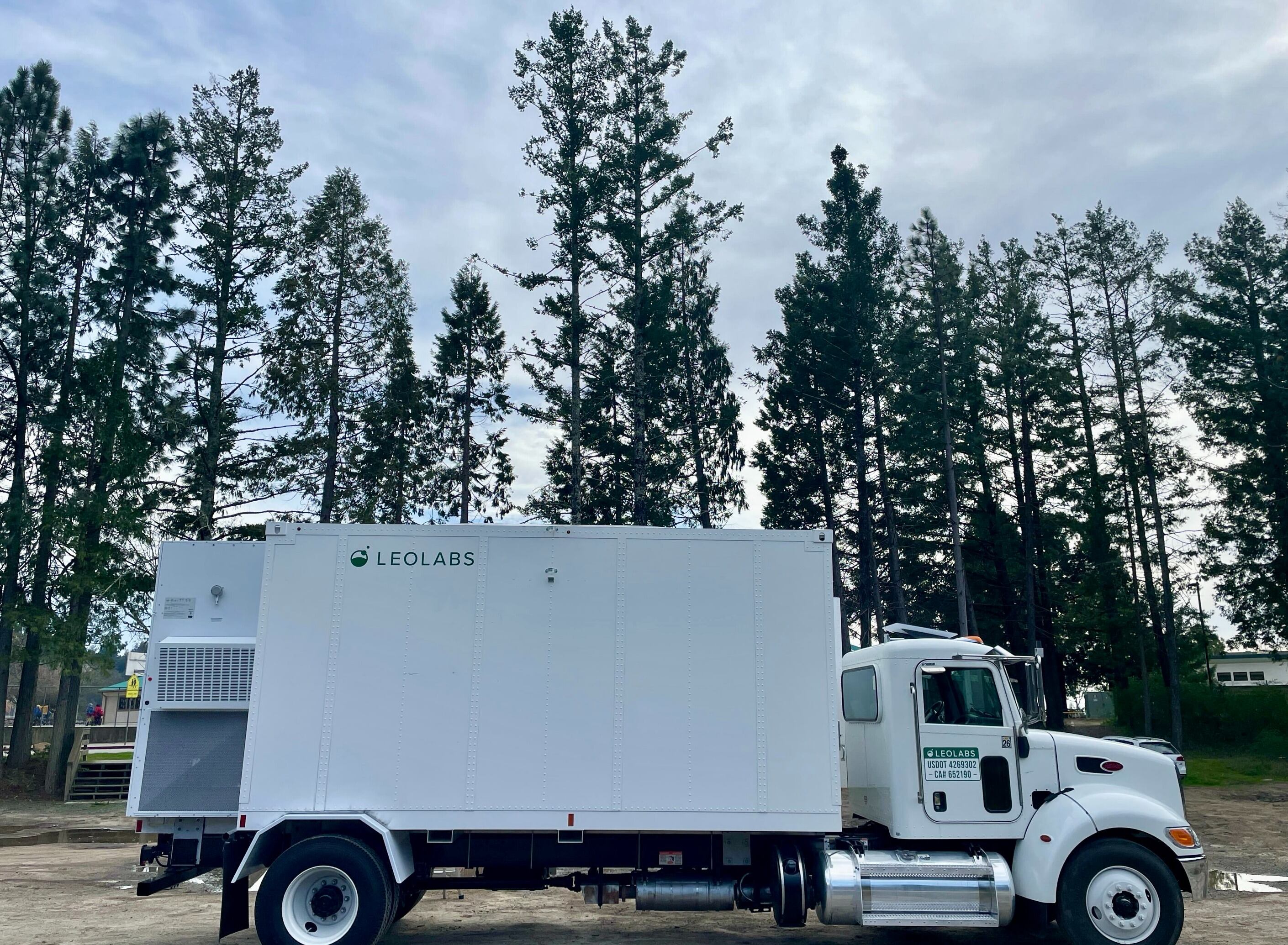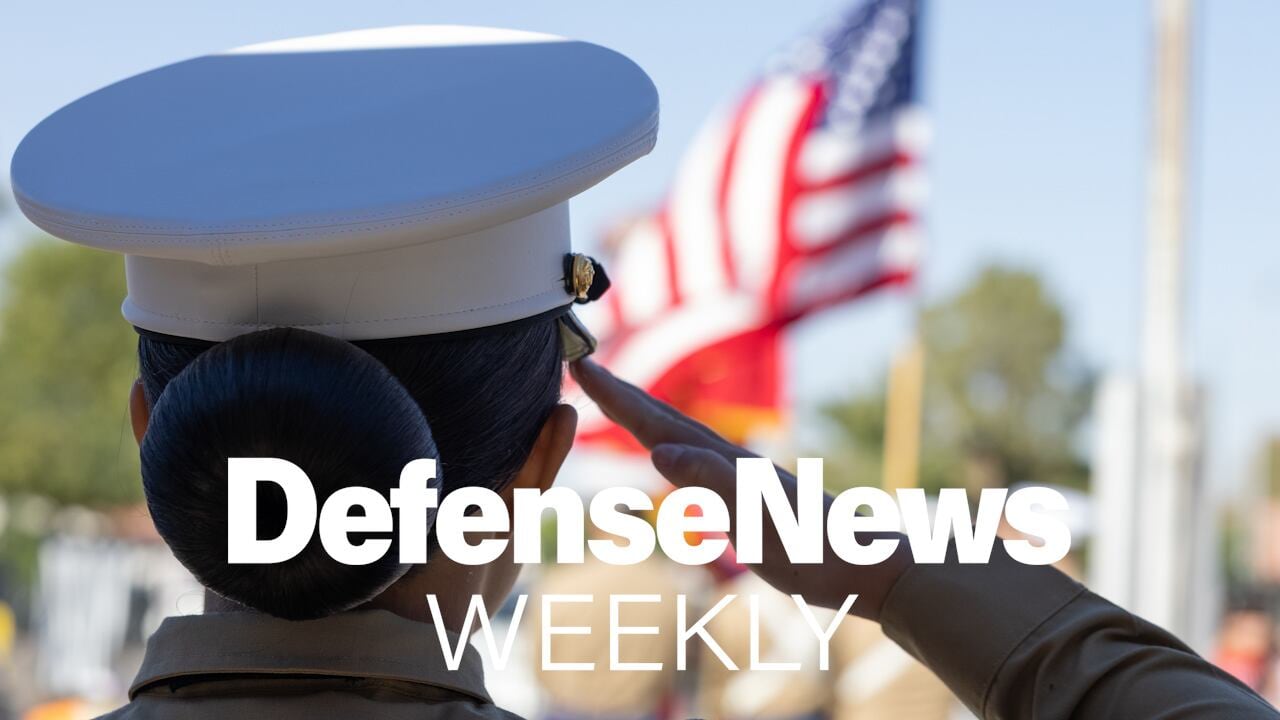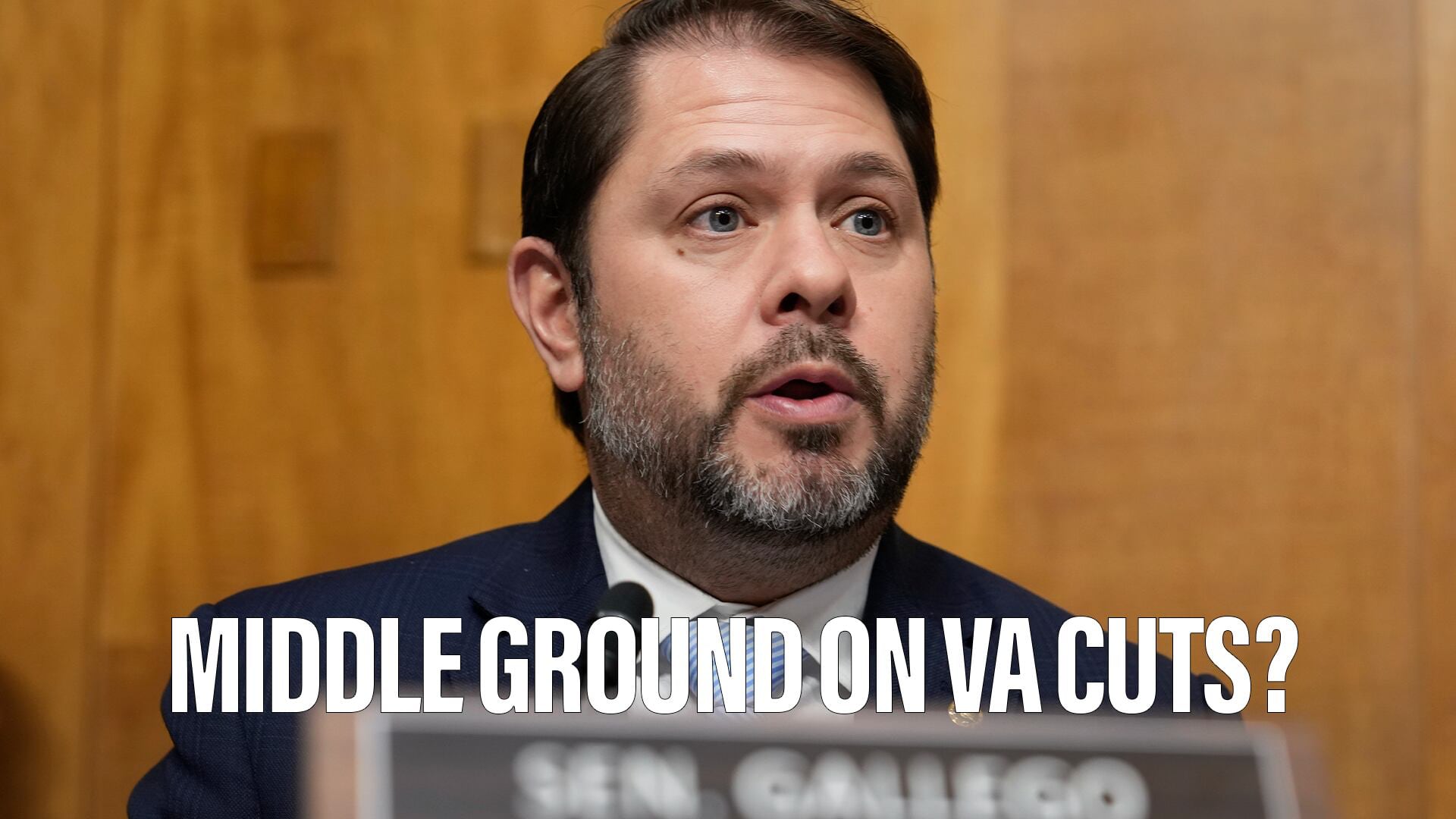The National Geospatial-Intelligence Agency’s film is deteriorating.
The government organization that is responsible for the mapping of the world and providing geospatial information to the military doesn’t rely on film the way it once did. Still, it maintains 170 million historical images dating back to 1935, including imagery produced by the KH-7, KH-8 and KH-9 spy satellites from 1963 to 1986. If an analyst needs that imagery, NGA staff can scan and digitize small batches for in-house use. While imperfect, that process does allow analysts access to the historical film.
That system could have worked in perpetuity, except for one detail: the NGA expects all of that film to disintegrate by 2030.
To ensure that data be preserved for future analysts, the agency needed a solution for scanning the film at scale. So NGA officials decided to seek answers through an other transaction authority, an acquisition method frequently used to find solutions from nontraditional vendors. The request was released through a consortium, meaning any members could reply and offer ideas, even if they had never considered working with the NGA before.
“That’s sort of the beauty of a consortium-based approach to OTAs. That is, we award our OTAs through a consortium, that consortium has customers from around the federal government, and anybody who joins the consortium is able to bid on any of the OTAs that any of the agencies [post],” said Christy Monaco, chief ventures officer of the NGA’s Office of Ventures and Innovation.
Ultimately, a company with expertise in check scanning submitted a proposal, and the NGA asked for a prototype. For now, the company is proving its concept by scanning the imagery in six inch segments before stitching it together digitally.
“The company awarded the OTA was a small company that would not have otherwise been on our radar. They have produced scanning technology for commercial entities, but had never done so for a public sector client,” added Monaco.
NGA did not disclose the name of the business.
Assuming the solution works, NGA could use the digitized datasets to assist in predictive analysis and automated target detection. The historical imagery provides a unique perspective on how the earth has changed over the last century, the agency claims.
But the challenge posed by decaying film is part of a common problem for NGA in the 21st century: The methods used to process information in the past aren’t scalable to the torrent of data the agency is tasked with ingesting today. And that flood of information is only growing as the intelligence community continues to add new sensors and incorporate open source intelligence.
“Within NGA, the increase in the number and volume of GEOINT sensors [for example, commercial small satellites] has led to a situation where we have an abundance of data but also attendant challenges to process and exploit all that information,” Monaco said. “We therefore must foster a culture of innovation so that our workforce has the skills and the means to address both of these challenges.”
Enter NGA’s Office of Ventures and Innovation.
Building a culture of innovation
Former NGA Director Robert Cardillo maintains that under his watch, from 2014 to early 2019, the agency launched pathfinder programs and small-scale efforts to bring in new technologies. The challenge, however, was taking those efforts and scaling them.
“I don’t think the challenge or the problem was we weren’t willing to try a new vehicle to either get talent or technology in the door, my challenge, which I now suspect is [NGA Director Adm. Robert Sharp’s], is scale,” Cardillo said.
It’s a common issue throughout the military and intelligence community, but Cardillo’s impressed with some of the efforts being made. He specifically singled out the work being done by Assistant Secretary of the Air Force for Acquisition, Technology and Logistics Will Roper. Over the last year, the service has encouraged a rapid prototyping model fueled by new contracting vehicles that is intended to speed up the acquisition cycle.
“He’s trying to smash down the old barriers for Air Force acquisitions, and so’s [Under Secretary of Defense for Acquisition, Technology and Logistics] Ellen Lord, and I’m rooting them on. The problem is the government is just so big. It takes people like Will — who’s got real authority, real money, real contracting — to take what you might call a crazy idea a year or two ago and test it, monitor it, do due diligence ... but begin to change those cycle times,” said Cardillo.
For its part, the NGA stood up the Office of Ventures and Innovation two years ago to help foster internal innovation and bring more innovative nontraditional vendors into the fold.
“What we are not is like a Skunk Works, like the place in NGA where innovation happens,” said Monaco. “We, of course, try to innovate on our own missions and we do have some what I consider out investment funds where we can go out and invest in new technologies that we would bring in to solve mission needs. But for the most part, what we are really about is things like culture change and trying to build the information environment necessary for us to make smarter decisions about innovation and the investments we’re making.”
The NGA pulled staffers together from throughout the agency in order to build the new office. In addition to incorporating staff from the research directorate, the new office absorbed the team that made up the Enterprise Innovation Office. The office also pulled in the Governance Acquisition Operations staff as well as the Small Business Office.
In an interview, Monaco explained how there are three aspects to her office’s efforts: retraining how the NGA staff think about problems and solutions; using more agile methods to acquire solutions; and providing seed funding for innovative ideas.
The Department of Defense’s standard acquisitions approach can be lengthy and not exactly friendly to innovative, start-up like companies. Part of what Monaco’s office does to harness those solutions is explore non-traditional acquisition methods, ranging from GSA schedules to other transaction authorities or even cooperative research and development agreements and prize challenges.
“We’ve exposed some folks to training that is specifically focused on what I call acquisition agility — being able to apply the right acquisition means to your problem,” she said.
In addition, the NGA’s work on acquisitions serves as a blueprint for other intelligence agencies.
“One of the things that the [intelligence community] has decided to pursue is what they’re calling an acquisition agility playbook. Well, we happen to have one that we developed years ago, and we just maintain it. As we learn of new means or new means are awarded to us, we just keep it updated. And, so, the community turned to us and said, ‘Hey, we know you have this acquisition and agility playbook. Can you help develop that for the community?’” said Monaco.
Like other military and intelligence organizations, the NGA has increased its use of OTAs to harness commercial innovation.
In the first year the intelligence agency issued one OTA through the consortium. In the second year they awarded four, and in the third year 11. The agency declined to release a list of similar contracts they have awarded to date.
“It hasn’t just been the increase in the number of OTAs that we have awarded; it has also been the amount of funds that we’ve awarded. We’re at something like a 1,100 percent increase from fiscal ’18 to fiscal ’19 over the amount of dollars we’ve awarded this way,” said Monaco.
The office is also working to foster innovation with its seed money.
According to Monaco, her group can distribute seed funding for promising technologies through In-Q-Tel, a nonprofit that works with government agencies to find start-up solutions in the commercial sector. Additionally, the office has a venture board that takes the same approach but acts internally. So if an NGA employee comes up with an interesting innovation, the venture board can provide seed funding for that effort. The venture board hosts an annual contest to give employees the opportunity to pitch their ideas, said Monaco, and potentially come away with funding.
The agency declined to share examples.
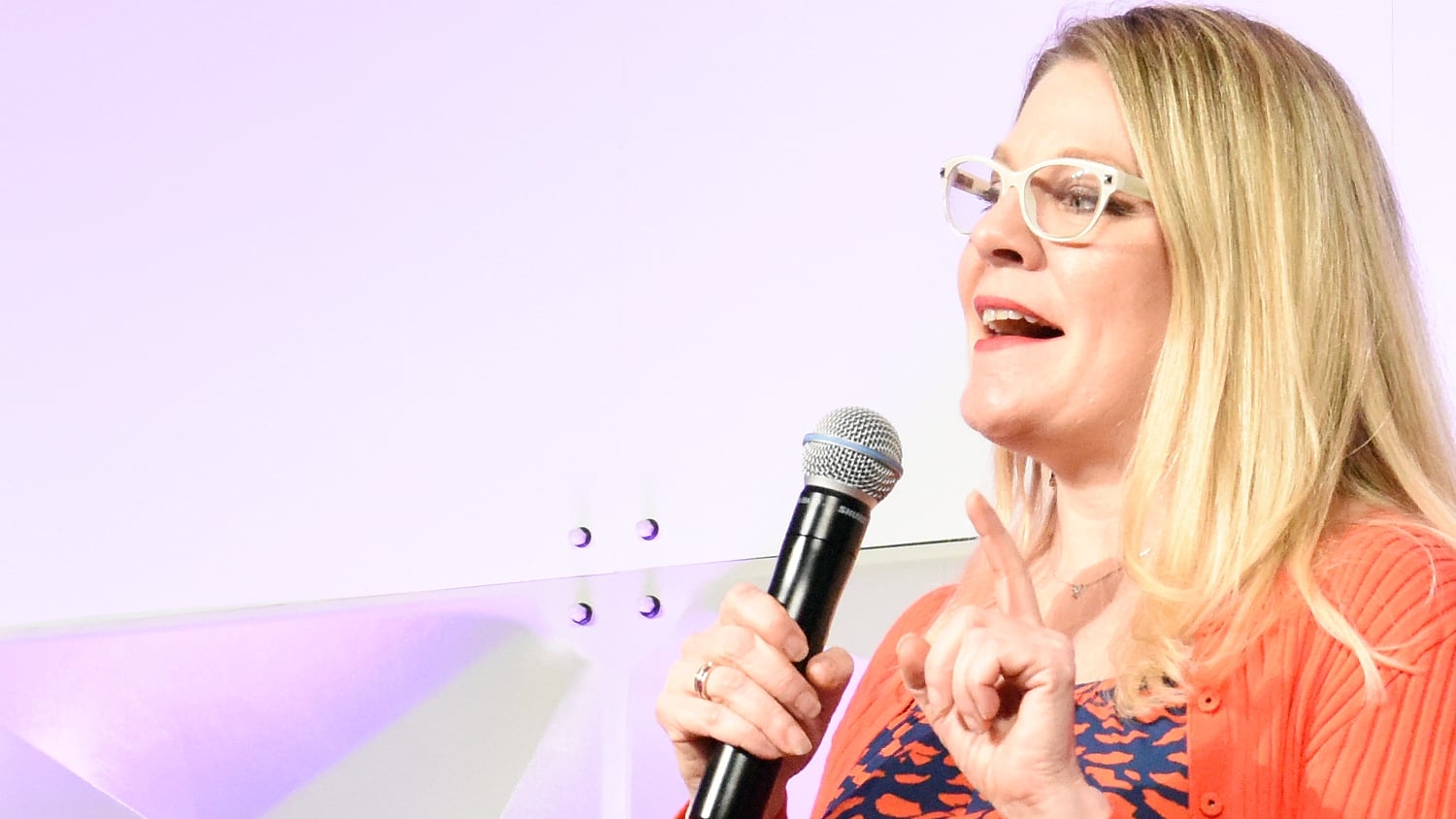
Monaco’s office also leads trainings with NGA staff to teach them how to think about problem solving differently — helping people understand that they don’t need to just focus on finding a solution, they need to think more abstractly about their problem.
“The Fast Forward program is the training and the culture piece and retraining, not just the workforce, but retraining the executives, as well,” said Monaco.
Finally, in October, the agency held an “idea-thon,” where five student groups from universities got together to solve a GEOINT challenge and received some of that same innovation training that NGA employees receive.
“We brought to them an unclassified intelligence problem, around wildlife trafficking,” explained Monaco. “We sort of decomposed elements of that problem into more digestible elements and said, ‘Here are four or five different aspects of counter wildlife trafficking that could use some innovative thinking.’”
Using the start-up methodology and problem curation taught by Monaco’s office, the students developed concepts that they then pitched to her team. When they return to NGA in March to present their prototypes, the teams will have the opportunity to win prizes.
And their work could even lead to usable solutions for the NGA. Wildlife tracking is a useful, unclassified stand-in for the classified work the NGA actually does, meaning NGA staff can apply the student’s unorthodox methods to real-life intelligence missions.
“It’s not just about we have a capability that needs to be filled, but it’s also about helping our workforce better find new ways to think about the intelligence problems that they are working on in an unclassified way, finding an analog and working with folks outside the agency to bring capabilities in which allows us to say, ‘Hey, you know, what we can differentiate our effort on the things that really only we can do if we can find people outside the agency who are able to do that for us,’” explained Monaco.
Nathan Strout covers space, unmanned and intelligence systems for C4ISRNET.

